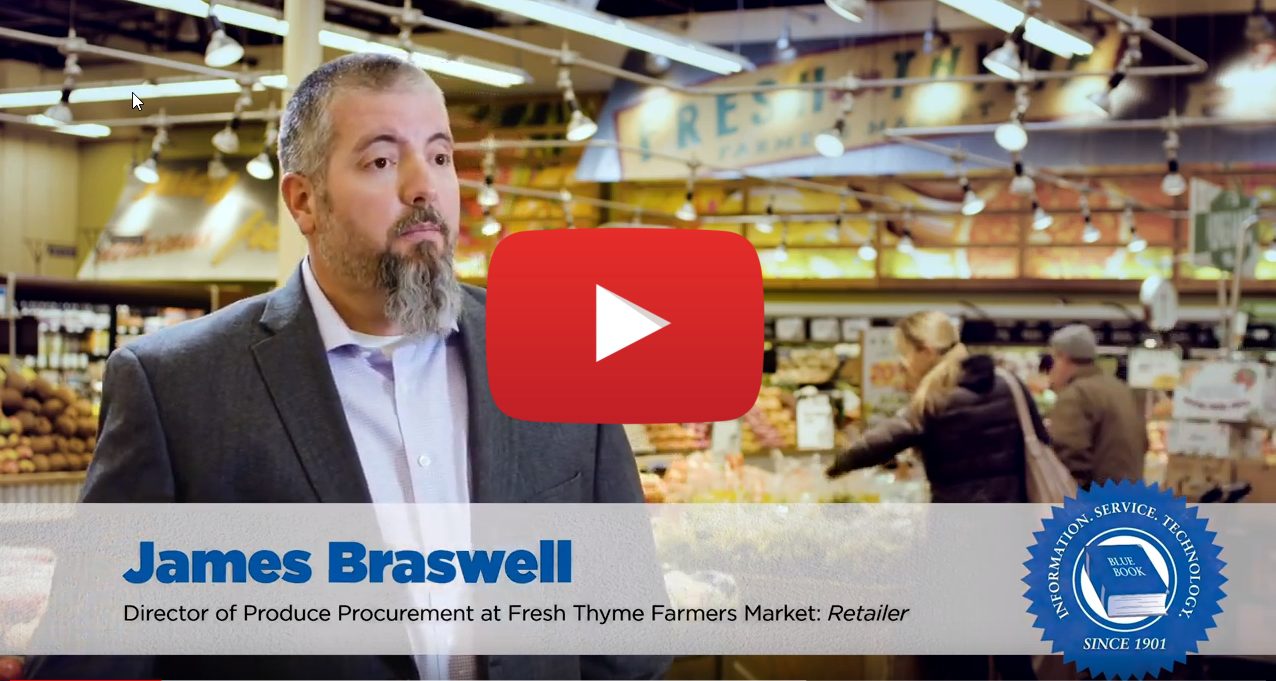At this point, news about U.S. citrus is coming in two flavors: sweet and sour.
The sour part has to do with Florida, where the industry was stunned by a USDA October 12 crop forecast projecting the state’s total orange output this year as “28.0 million boxes, down 32 percent from last season’s final production.”
Florida production of non-Valencia oranges was projected at 11 million boxes, down from 18.25 million boxes in 2021-22. Florida grapefruit production (red and white) was estimated at 2 million boxes for this season, down from 3.33 million in the previous year.

The forecast was issued two weeks after Hurricane Ian devastated the state on September 28-29, 2022.
For a picture of the overall damage, see here.
But the figures were gathered before the storm.
“I was so very hopeful right after the storm, because the damage didn’t look that bad in many areas,” said Glenn Beck of Beck Bros. Citrus and president of Florida Citrus Mutual. “But we know there’s a delayed response in these trees after a storm. We have groves in Highlands and Polk counties that have gotten progressively worse every day since the storm passed. I think we’ll be seeing significant acreage where there will be 60% fruit loss and up to 100% for some areas.”
Orange County grower Chip Henry said he was also shocked at the low forecast. “The net result could be up to half of this estimate being lost to the storm (Hurricane Ian) eventually,” he said.
Doing the math in my customarily primitive way, I calculate that if USDA had forecast a 32 percent drop in crop size before the storm, the drop could be 64 percent from last year after the damage is reckoned in.
Like a great deal of news that has hit agriculture over the past couple of years, this falls into the category of “previously unbelievable.”
Florida agriculture commissioner Nikki Fried said, “It is heartbreaking to see such an iconic Florida industry hurting right now. This year will be tough; no one is disputing that. But I believe in the tenacity and passion of our citrus industry professionals to come back stronger than ever.”
Even so, at this point we have to ask if this is the beginning of the end for the state’s “iconic” citrus industry.
California’s citrus scene offers sweeter news, with considerable optimism for this year’s crop.
At an October 12 meeting, the California Citrus Mutual (CCM) Marketing Committee, comprising growers, shippers, and marketers, said it was expecting a navel orange crop “approximately 10% over the previous season’s utilized production. At below average, the upcoming season crop is expected to be very similar to the previous season with excellent fruit quality and sizing. Preliminary maturity tests show that the crop is progressing very well with high sugar content that well exceeds the ‘California Standard’ for sweetness.”
The committee also reported that “the Mandarin crop—including Clementines, Tangos, Murcotts, and other seedless varieties—is progressing well in terms of quality and fruit size. The Committee estimates that the Mandarin crop will be up by as much as 30% over the previous season, but still well below average production levels and nearly 30% below the 2020-21 record-breaking large crop.”
Offsetting the good news is higher production costs.
“The cost to grow and ship California citrus has more than doubled in the past ten years,” says CCM. “Since 2020, growers’ costs have increased over $1,000 per acre and in the last year alone, costs have gone up 25% with fertilizer, fuel, and water being the main drivers. We also expect higher costs on the packing and shipping side this season largely due to increased transportation and labor costs.”



